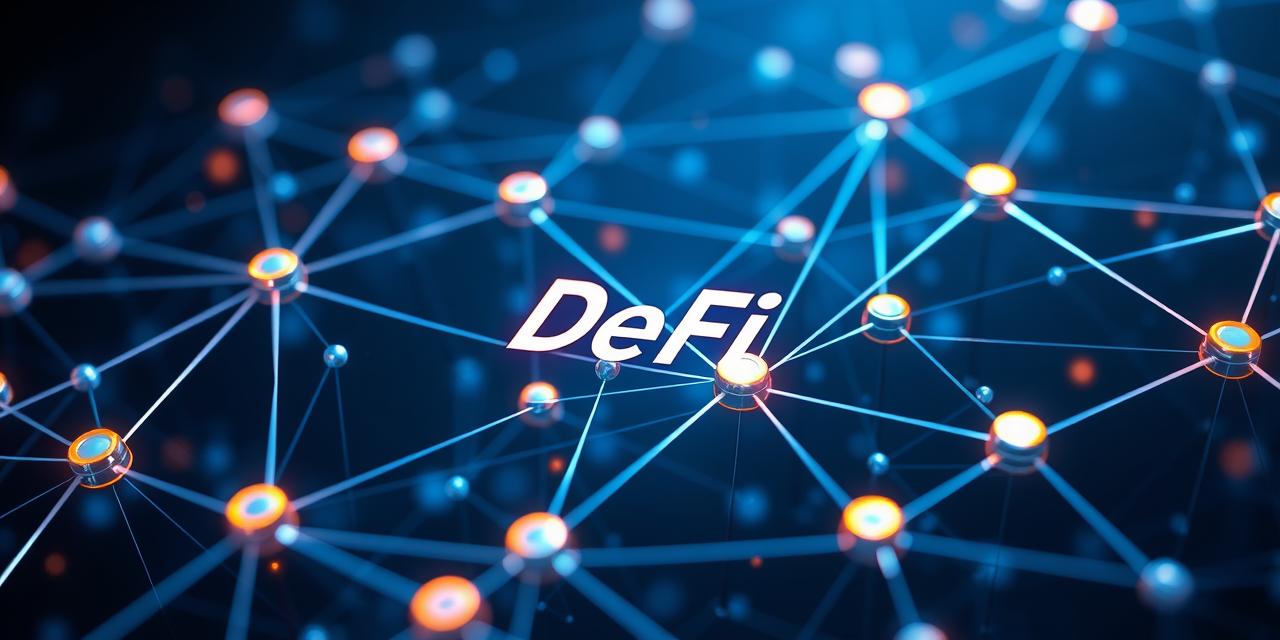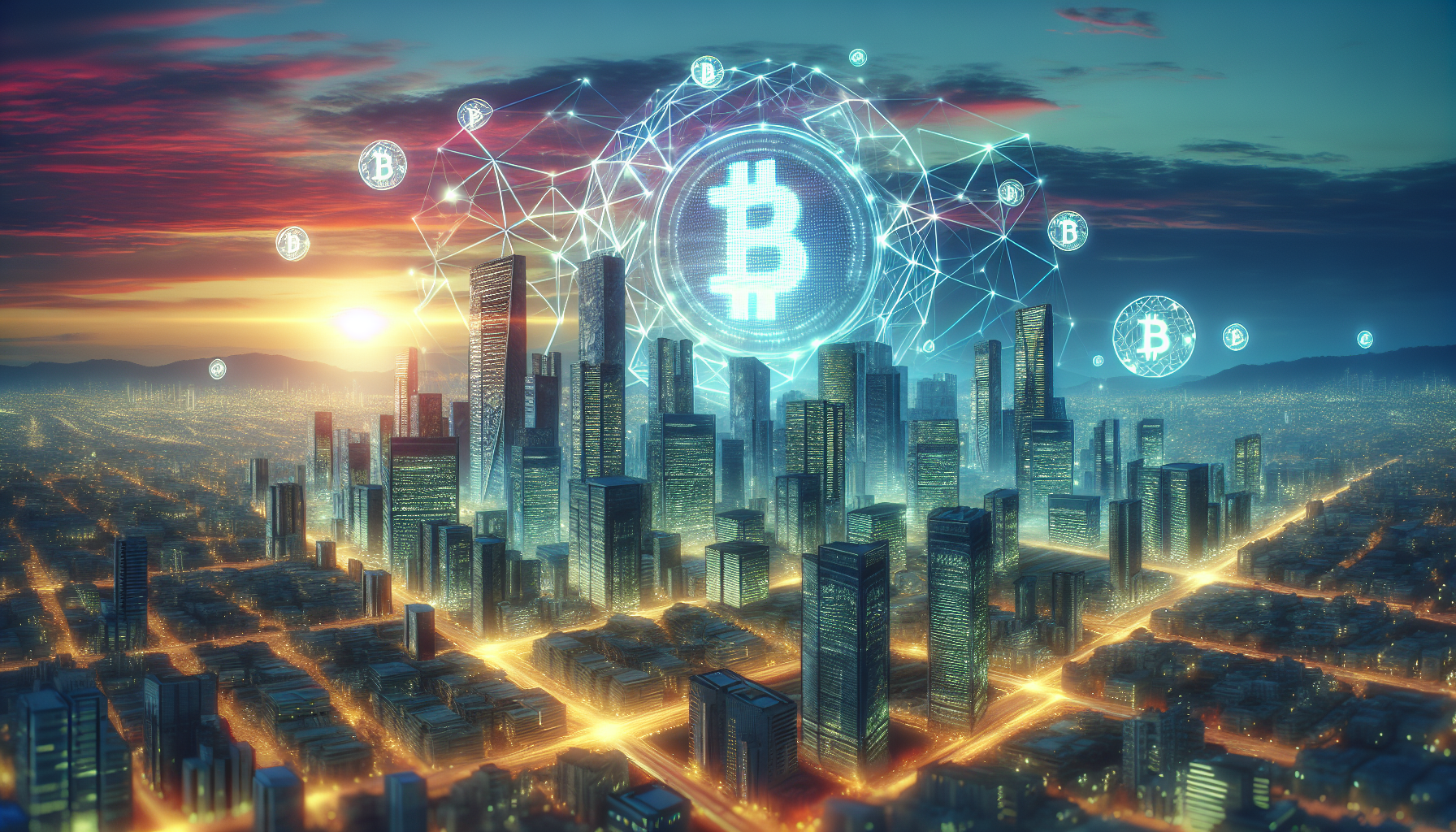So, you’ve probably heard the buzz about “DeFi,” right? It’s all over the tech news and finance blogs. But what *is* it exactly? Is it just another crypto fad, or does it have the potential to actually change how we interact with money?Well, let’s dive in, shall we? Think of this as your friendly, jargon-free guide to understanding the basics of Decentralized Finance. And, no, you don’t need a PhD in economics to get it.
What is DeFi Anyway?
Okay, so at its core, DeFi is all about building financial services on top of blockchain technology – usually Ethereum, but others are getting in on the action too. Instead of relying on traditional intermediaries like banks, DeFi uses smart contracts. These are basically self-executing agreements written in code. Sounds a bit sci-fi, I know, but stick with me!

Think of it this way: DeFi aims to recreate and improve traditional financial products like lending, borrowing, trading, and insurance, but without the need for a central authority. We are talking about cutting out the middleman!
Key Components
* **Decentralized Exchanges (DEXs):** Platforms where you can trade cryptocurrencies directly with other users, without a central exchange like Coinbase.
* **Stablecoins:** Cryptocurrencies designed to maintain a stable value, often pegged to the US dollar. This helps to reduce volatility in the DeFi space. * **Lending/Borrowing Platforms:** Protocols that allow you to lend out your crypto to earn interest, or borrow crypto by providing collateral.
Why Should I Care About DeFi? (The Benefits)
Okay, so why all the hype? What makes DeFi so attractive? Well, there are a few key benefits:
* **Transparency:** All transactions are recorded on the blockchain, which means everything is public and auditable. No more black boxes! * **Accessibility:** Anyone with an internet connection and a crypto wallet can participate in DeFi. This opens up financial services to people who may be excluded from traditional banking. * **Lower Fees:** Because there are fewer intermediaries involved, DeFi transactions can often be cheaper than traditional financial services. * **Financial Inclusion:** This is a big one. DeFi has the potential to bring financial services to the unbanked and underbanked populations around the world. Imagine someone in a developing country, with no access to a bank, being able to borrow money or earn interest through a DeFi platform. Pretty cool, right? Let’s say you want to lend out some of your ETH. On a DeFi platform, you can deposit your ETH into a lending pool and earn interest. The interest rates can often be higher than what you’d get from a traditional savings account. Plus, everything is transparent and secure on the blockchain.
Okay, But What About the Risks?
Now, before you go throwing all your money into DeFi, it’s important to understand the risks. Like any new technology, DeFi is not without its downsides.
* **Smart Contract Vulnerabilities:** Smart contracts are code, and code can have bugs. If a hacker finds a vulnerability in a smart contract, they could potentially steal funds.
* **Regulatory Uncertainty:** The legal and regulatory landscape for DeFi is still evolving. This means that there’s a risk that governments could crack down on DeFi platforms, or that new regulations could make it more difficult to use them. * **Market Volatility:** The cryptocurrency market can be very volatile, and this volatility can impact DeFi platforms.
How to Mitigate the Risks
* **Do Your Research:** Before using any DeFi platform, make sure you understand how it works and what the risks are.
* **Start Small:** Don’t invest more than you can afford to lose. * **Use Reputable Platforms:** Stick to well-known DeFi platforms that have been audited by security experts.
DeFi: Looking into the Crystal Ball
So, what does the future hold for DeFi? Well, it’s hard to say for sure, but many experts believe that DeFi has the potential to revolutionize the financial industry. We could see more and more traditional financial institutions adopting DeFi technologies.Imagine a world where all financial transactions are transparent, accessible, and decentralized. A world where anyone, anywhere, can participate in the global economy. That’s the promise of DeFi. And, let’s be honest, it’s a pretty exciting prospect.

Emerging trends include things like cross-chain DeFi (protocols that work across multiple blockchains) and the integration of DeFi with traditional finance. It’s a constantly evolving space, and it’s fascinating to watch.
Final Thoughts
DeFi is a complex and rapidly evolving field, but it has the potential to reshape the financial landscape. It offers transparency, accessibility, and the potential for financial inclusion. But it’s also important to be aware of the risks, such as smart contract vulnerabilities and regulatory uncertainty.
So, is DeFi the future of finance? Only time will tell. But one thing is for sure: it’s a space worth watching. Get out there and explore, but remember to do your homework!



